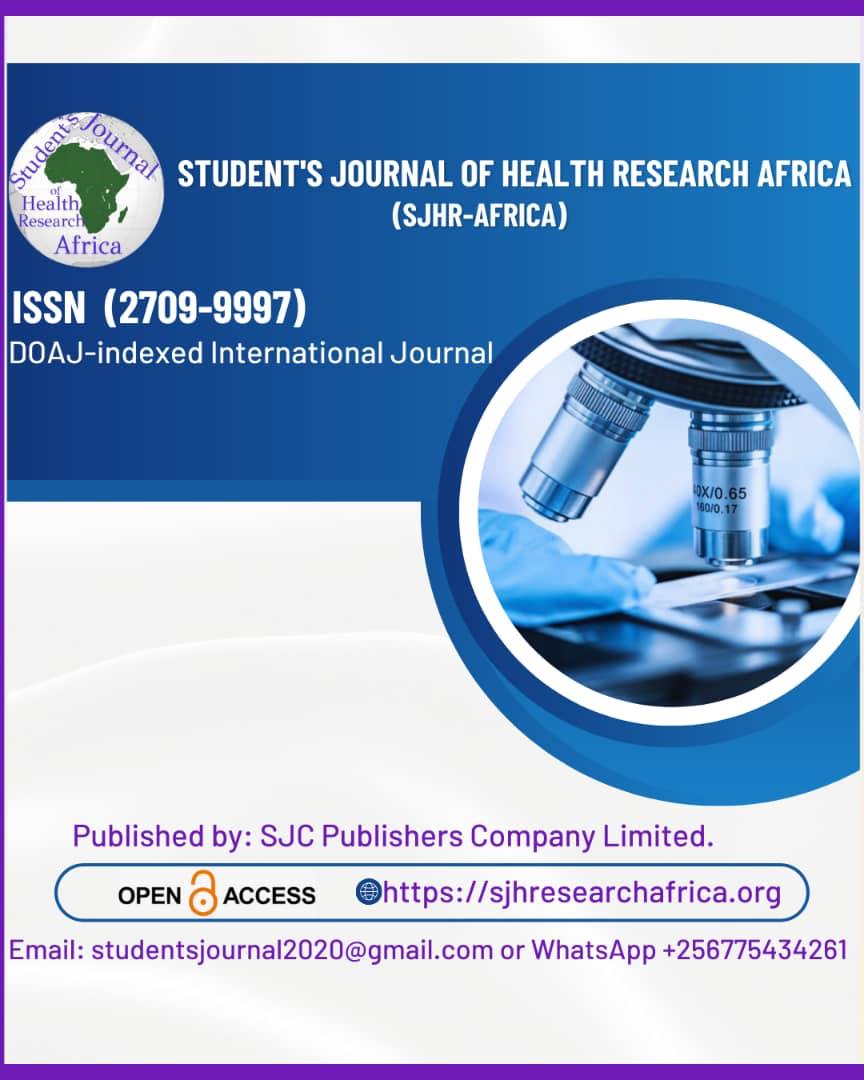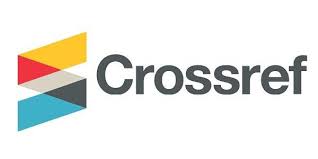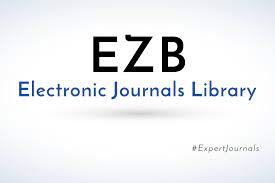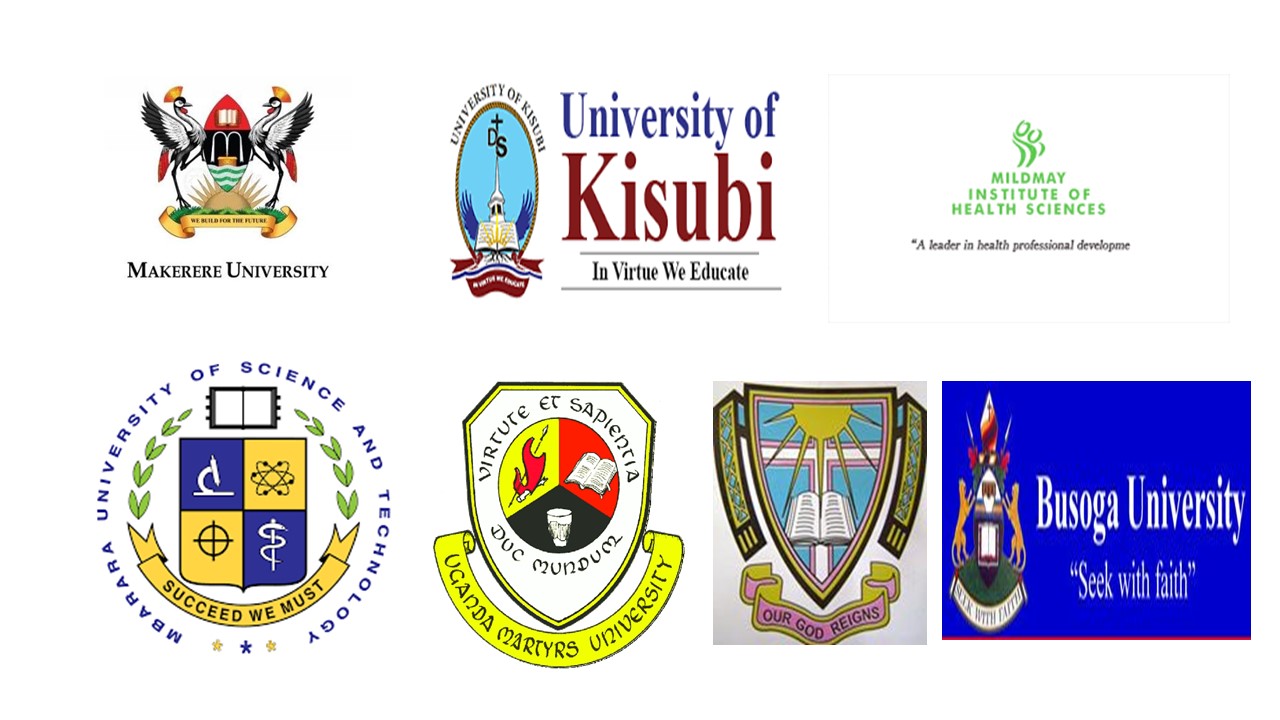A CROSS-SECTIONAL QUANTITATIVE STUDY INVESTIGATING LECTURERS’ READINESS AND CHALLENGES IN INTEGRATING AI-DRIVEN TEACHING TOOLS AT MANGOSUTHU UNIVERSITY OF TECHNOLOGY (MUT).
DOI:
https://doi.org/10.51168/sjhrafrica.v6i6.1676Keywords:
Artificial Intelligence in education, lecturer readiness, higher education, teaching technology, Mangosuthu University of TechnologyAbstract
Background
Artificial Intelligence (AI) is increasingly transforming teaching and learning in higher education. However, lecturers’ readiness to adopt AI-driven tools and the challenges they face remain under-researched in historically disadvantaged institutions such as Mangosuthu University of Technology (MUT). This study examines lecturers’ preparedness, perceptions, and institutional barriers to integrating AI technologies into teaching practices.
Methods
This cross-sectional quantitative study involved 50 lecturers and 10 students from the Faculties of Natural Sciences, Engineering, and Management Sciences at Mangosuthu University of Technology (MUT). Lecturers were selected using purposive sampling to ensure variation in teaching experience and familiarity with digital technologies, while students were selected using stratified random sampling to ensure faculty-level representation.
Results
The findings show that 62% of lecturers felt unprepared to integrate AI into their teaching, mainly due to inadequate training and limited institutional support. Only 30% reported moderate readiness, while 8% felt fully equipped. The most common challenges included lack of infrastructure (70%), absence of AI-specific training (68%), resistance to change (40%), and time constraints (55%). Despite these barriers, 85% acknowledged AI’s potential to enhance student engagement and support personalized learning.
Socio-demographic analysis revealed that 56% of participants were male and 44% female, with an age range between 30 and 59 years. Most lecturers (60%) had over 10 years of teaching experience, yet only 40% had prior exposure to educational technology, and few had used AI-specific tools.
Conclusion
While MUT lecturers recognize the potential benefits of AI, most are not adequately prepared for its integration. Key institutional barriers must be addressed to ensure successful adoption.
Recommendations
MUT should implement targeted AI training, strengthen technological infrastructure, and create support systems to guide AI adoption. Future research should explore student perceptions to ensure balanced, inclusive integration strategies.
References
Bins, M. (2018). La confiance à l'ère numérique. Presses Universitaires de France.
Bozkurt, A., Jung, I., Xiao, J., Vladimirschi, V., Schuwer, R., Egorov, G., ... & Paskevicius, M. (2020). A global outlook to the interruption of education due to the COVID-19 pandemic: Navigating in a time of uncertainty and crisis. Asian Journal of Distance Education, 15(1), 1-126.
Holmes, W., Bialik, M., & Fadel, C. (2021). Ethics of AI in education: Towards a community-wide framework. International Journal of Artificial Intelligence in Education, 31(3), 1-23.
Hwang, G.-J., Xie, H., Wah, B. W., & Gašević, D. (2020). Artificial Intelligence in Education. Educational Technology & Society, 23(3), 1-15. https://doi.org/10.1016/j.caeai.2020.100001
Jantjies, M., & Joy, M. (2021). Exploring the challenges and readiness of lecturers in adopting AI in South African universities. Journal of Educational Technology Research, 10(2), 120-138.
Luckin, R., Holmes, W., Griffiths, M., & Forcier, L. B. (2018). Intelligence Unleashed: An argument for AI in education. Pearson Education.
Luo, H., Wu, Z., & Li, X. (2022). AI-powered automated assessment tools in higher education: Opportunities and challenges. International Journal of Educational Research, 56(4), 78-95.
Mhlanga, D., & Moloi, T. (2020). COVID-19 and the digital transformation of education: What are we learning on 4IR in South Africa? Education Sciences, 10(7), 180. https://doi.org/10.3390/educsci10070180
Selwyn, N. (2019). Should robots replace teachers? AI and the future of education. Polity Press.
Selwyn, N. (2019). Should robots replace teachers? AI and the future of education. Cambridge University Press.
UNESCO. (2023). AI and higher education: Challenges and opportunities in developing countries. United Nations Educational, Scientific, and Cultural Organization.
Wang, Y., & Xing, W. (2021). Faculty readiness and challenges in integrating AI in teaching. Computers & Education, 160, 104035. https://doi.org/10.1016/j.compedu.2020.104035
Yin, Y., Zhao, Q., Li, S., Jiang, H., Yin, C., Chen, H., & Zhang, Y. (2022). Efficacy of acupuncture and moxibustion therapy for simple obesity in adults: A meta-analysis of randomized controlled trials. Medicine, 101(43), e31148. https://doi.org/10.1097/MD.0000000000031148
Zawacki-Richter, O., Marín, V. I., Bond, M., & Gouverneur, F. (2019). Systematic review of research on artificial intelligence applications in higher education. International Journal of Educational Technology in Higher Education, 16(1), 39. https://doi.org/10.1186/s41239-019-0171-0
Downloads
Published
How to Cite
Issue
Section
License
Copyright (c) 2025 Sibonelo Thanda Mbanjwa

This work is licensed under a Creative Commons Attribution-NonCommercial-NoDerivatives 4.0 International License.






















